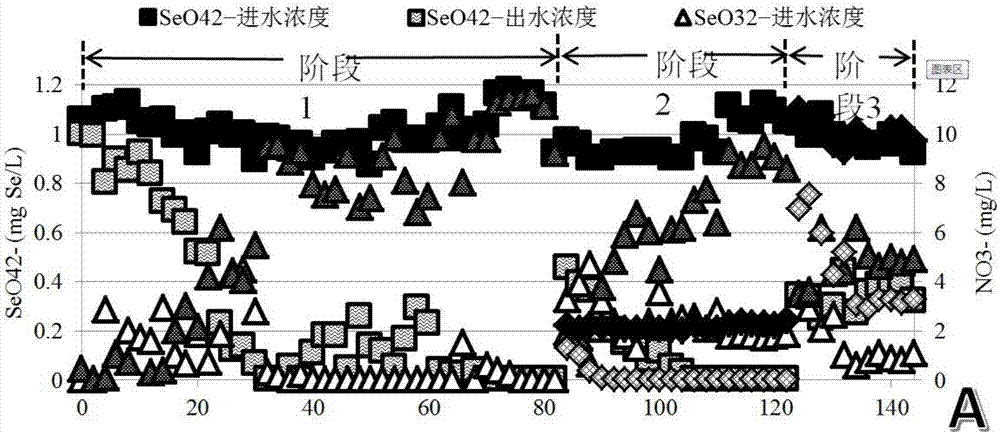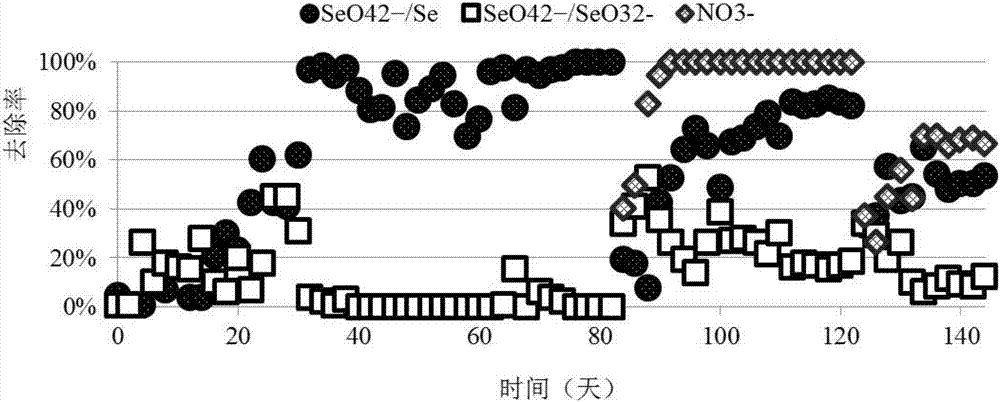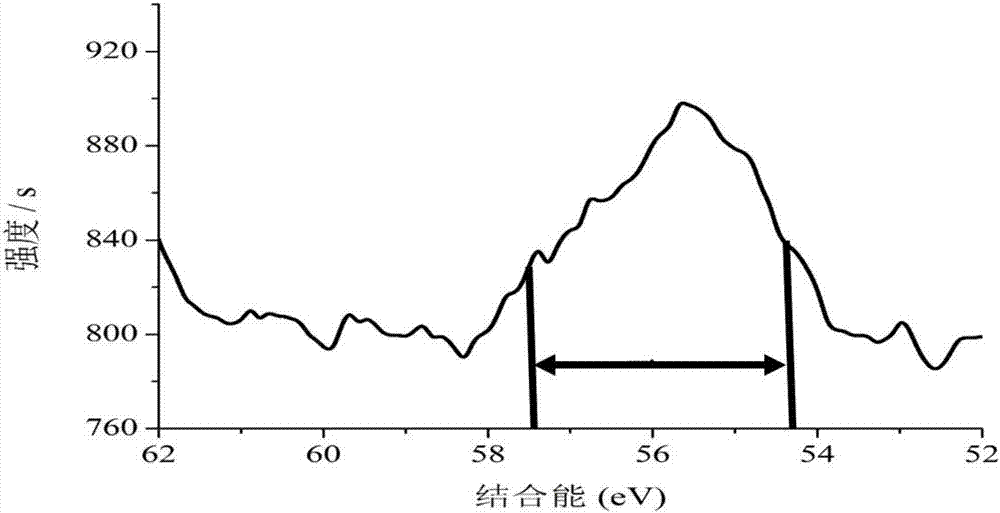Method for assessing selenate and nitrate reducing ability of methane matrix MBfR
A technology of selenate and nitrate, applied in the field of bioremediation of oxidized pollutants, which can solve the problems of high energy consumption, difficulty of post-processing, high operation and maintenance costs, etc.
Active Publication Date: 2017-10-13
ZHEJIANG UNIV
View PDF2 Cites 4 Cited by
- Summary
- Abstract
- Description
- Claims
- Application Information
AI Technical Summary
Problems solved by technology
This technology consumes a lot of energy, and the price of operation and maintenance is high. At the same time, the concentrated wastewater formed will increase the difficulty of post-treatment
The chemical treatment method mainly involves the adsorption and precipitation of selenium, etc., the treatment cost is high, and it is easy to form high-concentration chemical sludge that is difficult to follow-up treatment
Method used
the structure of the environmentally friendly knitted fabric provided by the present invention; figure 2 Flow chart of the yarn wrapping machine for environmentally friendly knitted fabrics and storage devices; image 3 Is the parameter map of the yarn covering machine
View moreImage
Smart Image Click on the blue labels to locate them in the text.
Smart ImageViewing Examples
Examples
Experimental program
Comparison scheme
Effect test
Embodiment
[0032] (1) Preparation of simulated wastewater
the structure of the environmentally friendly knitted fabric provided by the present invention; figure 2 Flow chart of the yarn wrapping machine for environmentally friendly knitted fabrics and storage devices; image 3 Is the parameter map of the yarn covering machine
Login to View More PUM
| Property | Measurement | Unit |
|---|---|---|
| diameter | aaaaa | aaaaa |
Login to View More
Abstract
The invention relates to the technical field of bioremediation of oxidation-state pollutants, and aims at providing a method for assessing the selenate and nitrate reducing ability of a methane matrix MBfR. The method comprises the following steps: adding solutes to deionized water to prepare simulated wastewater, and introducing argon to carry out aeration; inoculating a methane matrix membrane bioreactor with a methane anaerobic oxidation coupled perchlorate-reducing community as an inoculation source; feeding the simulated wastewater in a continuous flow manner; keeping the concentration of SeO<4><2-> in the simulated wastewater stable, controlling the concentration of NO<3><-> in three stages, and allowing the reactor to enter a next stage after reaching a stable state. It is confirmed that microbes can drive the reduction of the SeO<4><2-> as a only electron donor for the first time. The methane matrix MBfR can remedy SeO<4><2-> polluted water, and also can realize the resource recycling of nanometer Se<0>.
Description
technical field [0001] The invention belongs to the technical field of bioremediation of oxidized state pollutants, in particular to a method for utilizing methane (CH 4 ) matrix membrane bioreactor (MBfR) to reduce selenate (SeO 4 2- ) and nitrate (NO 3 - ) Ability assessment method. Background technique [0002] Selenium salts widely exist in industrial (such as in the electronics industry, glass products, dyes, metallurgical additives, photoelectric cells, pesticides, etc.) wastewater, ore smelting drainage, farmland irrigation drainage, etc., and have strong physiological toxicity. Accumulation in plants, animals and the human body through the food chain can cause hair loss, nail breakage or loss, skin lesions, nervous disorders and other symptoms, and even have the "three causes" effect, causing serious harm to the environment and human body. [0003] In the prior art, selenate pollution in water is usually treated by physical removal methods including reverse osmo...
Claims
the structure of the environmentally friendly knitted fabric provided by the present invention; figure 2 Flow chart of the yarn wrapping machine for environmentally friendly knitted fabrics and storage devices; image 3 Is the parameter map of the yarn covering machine
Login to View More Application Information
Patent Timeline
 Login to View More
Login to View More Patent Type & Authority Applications(China)
IPC IPC(8): C02F3/28C02F3/34G01N33/18
CPCC02F3/28C02F3/341G01N33/188Y02E50/30
Inventor 赵和平钟亮石凌栋
Owner ZHEJIANG UNIV
Features
- R&D
- Intellectual Property
- Life Sciences
- Materials
- Tech Scout
Why Patsnap Eureka
- Unparalleled Data Quality
- Higher Quality Content
- 60% Fewer Hallucinations
Social media
Patsnap Eureka Blog
Learn More Browse by: Latest US Patents, China's latest patents, Technical Efficacy Thesaurus, Application Domain, Technology Topic, Popular Technical Reports.
© 2025 PatSnap. All rights reserved.Legal|Privacy policy|Modern Slavery Act Transparency Statement|Sitemap|About US| Contact US: help@patsnap.com



